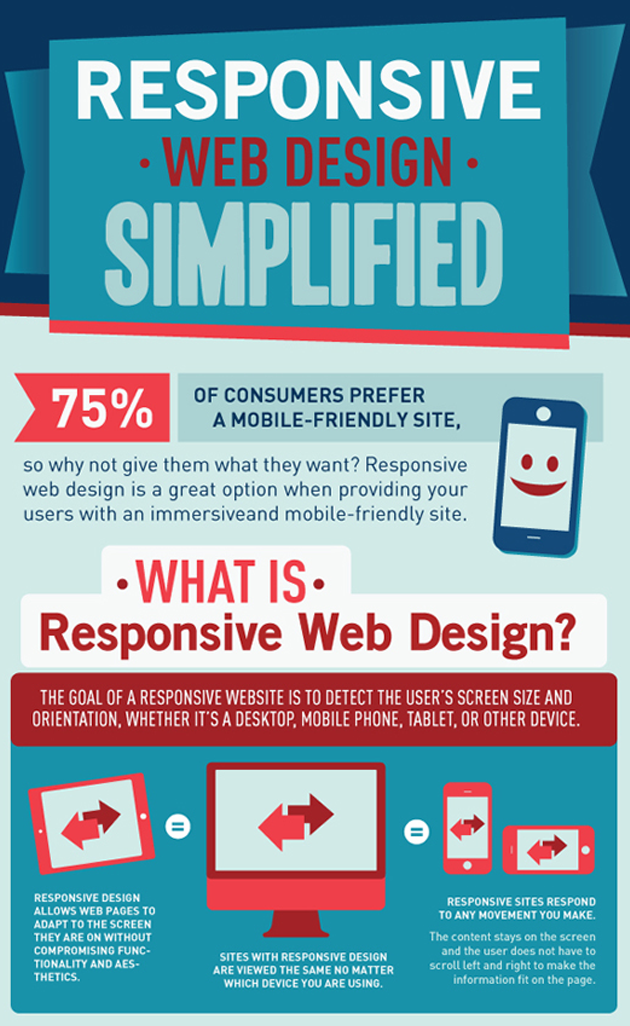Fascinated In Finding Out Exactly How Web Site Style Has Altered Throughout The Years? Explore The Progression From Fundamental, Simple Styles To User-Centered Strategies That Prioritize The Needs And Preferences Of On-Line Visitors
Fascinated In Finding Out Exactly How Web Site Style Has Altered Throughout The Years? Explore The Progression From Fundamental, Simple Styles To User-Centered Strategies That Prioritize The Needs And Preferences Of On-Line Visitors
Blog Article
Material Composed By-Johansen Cantu
In the past, sites were basic and focused on details. Navigating was straight, and layout was for desktops. Now, individual experience is essential. Information guides designs for easy navigating. Responsive formats fit different devices. Today, dark setting lowers stress, and minimal food selections improve navigation. Interactive features engage individuals, and vibrant visuals stand out. AI combination enhances engagement. See just how style has evolved to boost your on the internet journey.
Very Early Days of Website Design
In the early days of website design, simpleness reigned supreme. Websites were fundamental, with minimal shades, font styles, and designs. The focus got on giving information rather than fancy visuals. Individuals accessed the web through slow-moving dial-up links, so speed and capability were crucial.
Navigation food selections were straightforward, generally situated on top or side of the page. Sites were developed for desktop computers, as mobile browsing wasn't yet widespread. Content was king, and developers focused on very easy readability over complicated layout aspects.
HTML was the main coding language utilized, and designers had to work within its constraints. Computer animations and interactive attributes were very little compared to today's requirements. simply click the up coming site were static, with little vibrant web content or individualized customer experiences.
Rise of User-Focused Layout
With the development of site style, a change in the direction of user-focused design principles has come to be progressively prominent. Today, creating web sites that focus on individual experience is important for involving site visitors and accomplishing business goals. pop over to this website -focused style involves understanding the requirements, choices, and habits of your target audience to tailor the site's format, web content, and features as necessary.
Designers now conduct detailed study, such as individual studies and functionality testing, to collect understandings and responses directly from customers. This data-driven strategy helps in developing instinctive navigating, clear calls-to-action, and visually attractive user interfaces that resonate with visitors. By positioning the customer at the center of the style procedure, web sites can provide a more personalized and enjoyable experience.
Responsive design has additionally emerged as a key aspect of user-focused layout, making sure that sites are optimized for different tools and screen dimensions. This versatility improves ease of access and usability, dealing with the varied methods users interact with websites today. Essentially, the increase of user-focused layout symbolizes a change towards developing electronic experiences that prioritize the needs and expectations of completion user.
Modern Trends in Website Design
Discover the most recent patterns shaping website design today. One famous trend is dark setting design, supplying a streamlined and modern-day look while decreasing eye strain in low-light atmospheres. Another crucial fad is minimal navigating, simplifying menus and improving individual experience by focusing on essential elements. Including micro-interactions, such as computer animated switches or scrolling impacts, can develop a more appealing and interactive web site. Responsive style continues to be crucial, making sure seamless customer experiences across numerous devices. Furthermore, making use of vibrant typography and unbalanced designs can include aesthetic interest and draw attention to details web content.
Integrating AI innovation, like chatbots for client assistance or tailored referrals, boosts customer interaction and simplifies procedures. Ease of Learn Even more Here has additionally come to be a significant trend, with designers focusing on inclusive design techniques to satisfy diverse individual needs. Embracing sustainability by optimizing website efficiency for speed and effectiveness is an additional arising fad in web design. Working together with user comments and information analytics to iterate and boost layout continually is essential for staying relevant in the ever-evolving electronic landscape. By welcoming these modern-day patterns, you can develop an aesthetically attractive, user-friendly site that resonates with your audience.
Conclusion
As you review the advancement of web site design from the very early days to now, you can see exactly how user-focused style has come to be the driving force behind modern trends.
Welcome the journey of modification and adaptation in web design, constantly maintaining the user experience at the leading edge.
Keep current with the most up to date trends and modern technologies, and never ever quit developing your strategy to develop visually stunning and easy to use sites.
Evolve, adapt, and produce - the future of web design remains in your hands.
